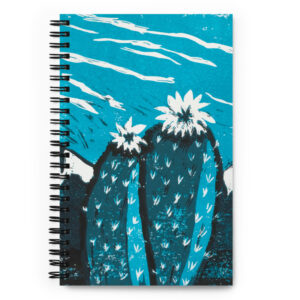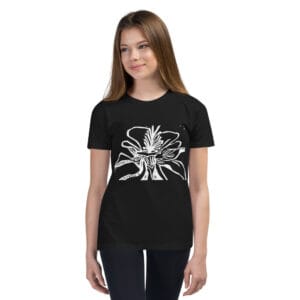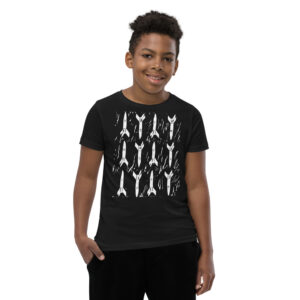Four Common registration methods for printmaking

Registration is where you make either marks or have guides to ensure that your paper and your linoleum line up completely the same each time you make a print. This is essential when you need to make a reduction or a multi block print.
If you do not ensure proper registration with careful planning, your print will not line up and the print could be ruined.
There are several ways to have proper registration. Some artists have come up with fantastic registration devices which you can purchase. Or you can take some of the basic ideas and create your own.
In this post I am going to go over four of the most widely used registration methods.
This post contains affiliate links, which generates some small commissions at no extra cost to you. This commission helps keep this blog and shop running. Thank you for your support. See my disclosure form for more information.
- Kento
- Grid
- Folding frame registration
- Ternes Burton Pins
Instead of pretending that I am an expert on all registration methods, I will link to some other artists’ work and so you can see the way they perform some of these registration methods. There is nothing wrong with learning different techniques and methods. I love to learn from other artists. Especially with printmaking.
Kento

The Kento method of registration is very simple and straightforward. It comes from Japanese Printmakers to assist ukiyo-e artists in order to efficiently make perfectly colored prints from multiple blocks. This method is for traditional Japanese printmaking and can be easily adapted to linoleum cut block prints.
The concept is where you make two marks directly into the block on every block you print with one on the lower right corner and another about two thirds down to the left on the bottom section of the block.

When you have each block the exact same size and the kento markings in the exact spot on every block it makes it simpler to make excellent registration. You line up one corner of the paper with the corner kento marking and then with the bottom kento marking.
The markings have to be carved well into the block so that the paper that is placed for printing rests inside the marks. However, too deep and it could cause the paper to sink too far into the block.
Grid
One of the easiest ways to ensure proper registration is to use a larger piece of paper under the size of paper you are going to print with. On the bottom sheet of paper (this can be any kind of paper) outline the sheet of paper you are going to print with.
Then lift that sheet off and then set down your linoleum and mark out that area centered on the bottom sheet.
You can mark a few straight line markingings in pencil from the back of the sheet of paper you will print with and match them with the bottom sheet of paper.
If you have any questions about this method, please comment or send me an email and I will gladly help you.
Folding frame registration
This method of registration is excellent. A fellow printmaker who I admire, Laura Boswell, has developed a folding frame registration jig which she sells on her website.
The concept is where you place your linoleum inside the base and the printing paper sits on top of the frame which hinges. I believe you use part of the grid system of registration to ensure that the paper is always lined up on the hinged frame for printing.
I have made some of these devices out of old photo mats with tape and foam board.
Ternes-Burton Register Pins
This post contains affiliate links, which generates some small commissions at no extra cost to you. This commission helps keep this blog and shop running. Thank you for your support. See my disclosure form for more information.
Ternes-Burton Register Pins are what I have tried recently for registration, and I have to say, it’s my favorite out of all of the methods. You will need to secure the pins to whatever base you use for printing. You can apply the pins to a printing bed or to the table. In order to attach the paper to the pins for proper registration you will need these plastic tabs called Ternes-Burton stripping tabs.
When you attach the strips to the paper, you will either have to a lot for extra room in order to cut off the extra paper after printing, or you will need to use very easily peeled off tape in order to not ruin the paper.
Here is a very short video where you can see how I used this method in my etching press.
Follow up
Please read more about printmaking at home. If you take a look around the blog you will see there is quite a bit of resources about linocut and printmaking. Please subscribe to the blog to stay up to date with new printmaking and art related articles.


